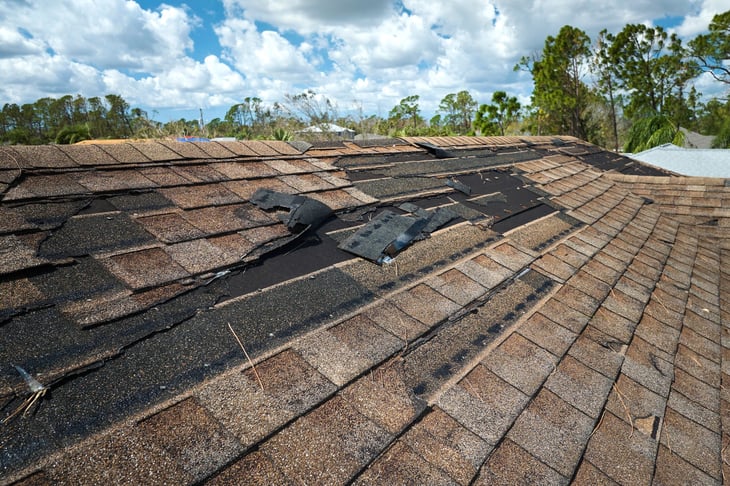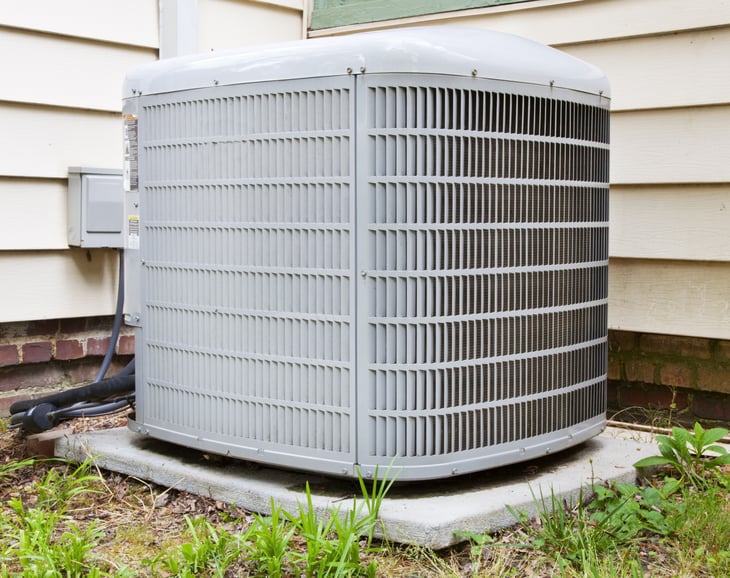
An emergency fund is the bedrock of sound personal finances. Having money set aside ensures you don’t have to resort to credit cards or loans to pay for unexpected debt, both of which can come with high interest rates that will drain your bank account.
Conventional wisdom says you should have enough in the bank to cover three to six months’ worth of expenses, but most people fall far short of that amount.
About half of the approximately 2,000 respondents to a 2023 LendingTree survey said they wouldn’t be able to cover a $1,000 emergency with cash. Meanwhile, 37% of people don’t even have $400 cash for an emergency, according to a report from the U.S. Federal Reserve.
Maybe part of the problem is that people aren’t sure what emergency they are saving for. Here’s a look at some of the emergency expenses you might encounter and how much each could set you back.
1. Last-minute flight

Planning and booking ahead is usually the best strategy to find cheap flights. But sometimes you need to fly out on a moment’s notice — maybe your elderly parent landed in the hospital or someone you love has died and their funeral is in three days.
If you need to buy a last-minute ticket, Spirit Airlines is going to be your best bet, according to an analysis by the travel website Upgraded Points. But even then, you’ll need $170 to book the average one-way ticket on the airline.
Southwest ranked second on the list with an average price of $234 for a last-minute one-way ticket.
2. Last-minute hotel

Once you get to your destination, you might need a hotel room too. Fortunately, last-minute hotel bookings can actually be cheaper than normal rates in some situations.
Still, the national average daily rate for a hotel is nearly $160, according to lodging analytics firm STR.
If you need to stay multiple days or are traveling during a peak time, expect your cost for a last-minute hotel to grow exponentially.
3. Broken windshield

You’re driving along, minding your own business, when bam! A stone comes out of nowhere and cracks your windshield.
Depending on your state, it may be illegal to drive with a cracked windshield. Even if it’s not illegal, a cracked windshield can pose a safety risk as it’s more likely to shatter or block your line of sight. Either way, it should be fixed ASAP.
Assuming you have car insurance, your policy may come with a lower deductible for windshield replacement. That means your cost could be as little as $100. However, if you don’t have insurance coverage, you’d better hope your emergency fund is well-stocked.
It can cost up to $600 to replace a windshield on an older vehicle, according to Kelley Blue Book. But thanks to newer technology, such as advanced driver-assistance systems, you can expect to shell out $1,000 or more for a windshield on a newer vehicle.
4. Emergency vet bill

If you think your medical bills are expensive, wait until you have a pet emergency and realize you don’t have insurance to help cover the cost.
When our new rescue dog swallowed a toy that got stuck in her intestine, the emergency animal hospital wanted about $10,000 to perform surgery. Fortunately, our regular vet could do the procedure for the bargain price of $3,000.
We apparently got off easy, though. Once you add in bloodwork, hospitalization, surgery, oxygen therapy and the many other expenses associated with emergency care, average costs can run as high as $5,000 for dogs and $3,000 for cats, MetLife estimates.
It’s easy to think you’d never pay that much for an animal, but when it’s your beloved pet, you’ll be happy you have money in the bank … or a pet insurance policy.
5. Unexpected medical expense

Human medical emergencies often cost less than pet emergencies, thanks to the widespread use of health insurance. But don’t assume that having insurance replaces your need for an emergency fund.
You should be socking away money now for the day when you find yourself facing an expensive bill because you haven’t yet met your deductible or because you accidentally went to an out-of-network facility which isn’t covered by your plan.
While the No Suprises Act is intended to minimize your chances of getting hit with an unexpected bill, you may still be shocked by how much you owe even after insurance has paid.
The Department of Health and Human Services notes the total bill for a broken leg can run $7,500, a three-day hospital stay can be $30,000 and cancer care can climb into the six digits. While insurance companies may pay some — or even most — of these costs, you should have money set aside for your share of the bill.
The database at FAIR Health can help you estimate the cost of care for various conditions so you can determine roughly how much you should save.
6. Car repairs

Pets and people aren’t the only things that break down. Your car might unexpectedly find its way into the shop, and if you don’t have money to fix it ASAP, that could affect your job and your income.
Common car repairs range from $164 on the low end for an alignment to more than $1,200 for a fuel pump or fuel injector replacement, according to Kelley Blue Book. If you have a full-size truck or electric vehicle, your average repair cost will likely be significantly more than that of someone with a subcompact car or SUV.
You can use the RepairPal Fair Price Estimator to see how much it will cost to fix your car.
7. Major roof repair

A leaky roof is not something you want to ignore. Water seeping into the house each time it rains is not only inconvenient but it could weaken wood, saturate insulation and cause mold to grow.
LendingTree estimates the cost of roof repairs as up to $400 for minor repairs, up to $1,000 for moderate repairs and up to $3,000 if there is extensive damage.
If you need to replace the entire roof, hopefully you have between $5,700 and $16,000 in the bank, because that’s how much LendingTree says a replacement can cost.
8. AC repair

Pity the person whose AC gives out in the middle of a summer heat wave. If that person is you, hopefully you have enough in emergency savings to get it fixed immediately. Because while hot weather can be uncomfortable in some parts of the country, it can be downright dangerous in others.
Depending on the type of repair needed, home services company Angi says it could cost anywhere from $450 to $2,000 to get your air conditioning back up and running.






Add a Comment
Our Policy: We welcome relevant and respectful comments in order to foster healthy and informative discussions. All other comments may be removed. Comments with links are automatically held for moderation.